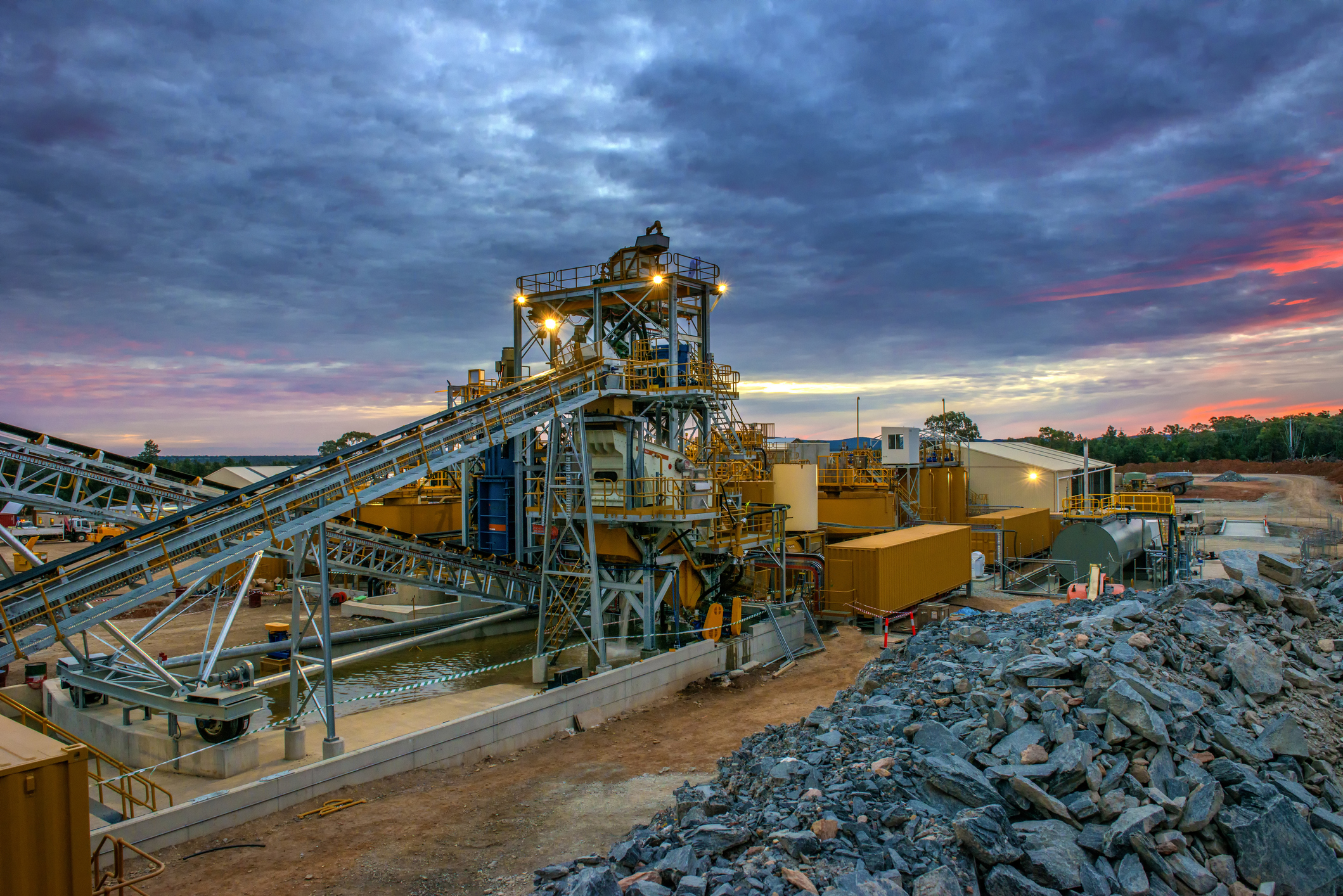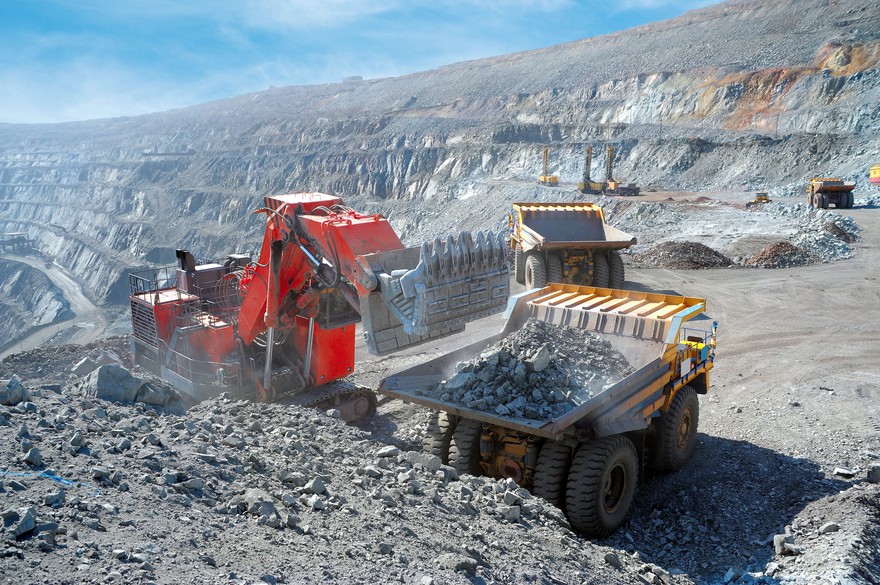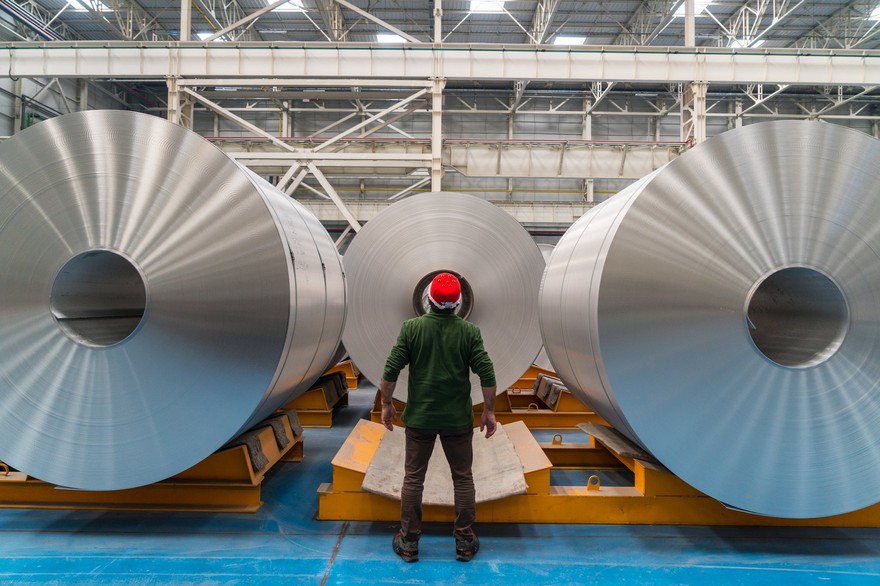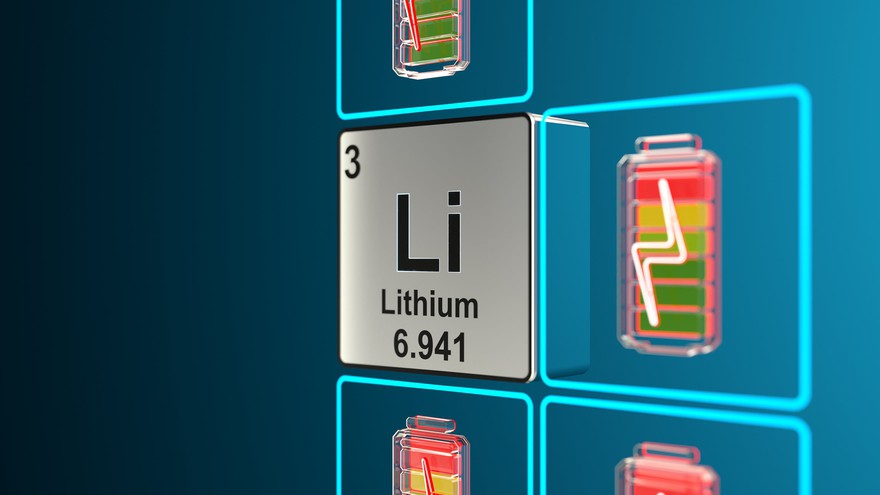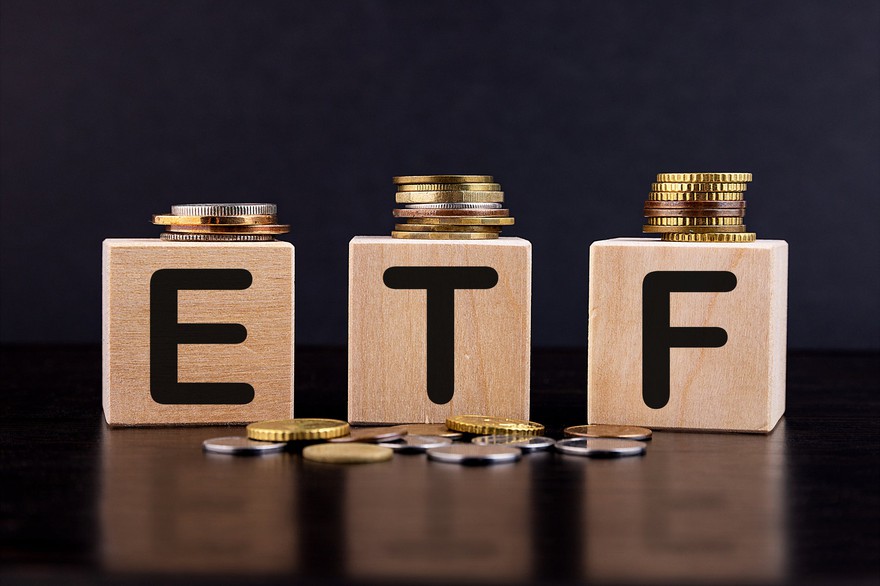
Top copper stocks to buy in 2025
Copper is the third-most-consumed industrial metal in the world behind iron ore and aluminum, according to the U.S. Geological Survey. Because of its importance to the economy, many mining companies operate copper mines.
However, while many companies produce copper, only a few can expand their copper production through reserves and commercially viable expansion projects. These resources position them to capitalize on the industry's growth. Top copper stocks include:
Here's a closer look at these five leading copper company stocks.
1. BHP Group

NYSE: BHP
Key Data Points
2. Freeport-McMoRan

NYSE: FCX
Key Data Points
Cash Flow
3. Teck Resources

NYSE: TECK
Key Data Points
4. Southern Copper
5. Rio Tinto

NYSE: RIO
Key Data Points
Rio Tinto (RIO +0.62%) is a diversified global mining company based in the U.K. It produces aluminum, copper, diamonds, gold, industrial minerals, iron ore, and uranium. It also produces other basic materials, including borates, lithium, salt, and titanium dioxide.
The company's copper business consists of two large-scale mining operations:
- Rio Tinto operates the Kennecott mine in Utah. The world-class copper mine also produces silver and gold.
- The company has a 66% interest in Oyu Tolgoi in Mongolia, one of the biggest known copper and gold deposits in the world. By 2030, Oyu Tolgoi should be the world's fourth-largest copper-producing mine.
Rio Tinto has several copper-related growth projects in the pipeline, including Resolution Copper in the U.S. and Winu in Australia. Discovered in 2017, the Winu copper and gold resource has the potential to become a large-scale mining operation. In 2025, Rio Tinto signed an agreement with Sumitomo Metal Mining to jointly develop its Winu copper-gold project.
Rio Tinto's growing copper production should enable it to continue paying attractive dividends. The company aims to return 40% to 60% of its earnings to investors via dividends each year.
Related investing topics
Copper-driven growth
The world needs more copper to support its transition to lower-carbon renewable energy. Demand for the metal should rise considerably in the coming years. The increased demand should support additional copper expansion projects from the world's top mining companies, allowing them to increase production and capitalize on higher prices.
The combination of rising production and prices should enable copper miners to increase their cash flow, providing more money to pay dividends, repurchase shares, and boost their total returns. The upside potential makes the copper industry attractive for investors to consider.
In addition to copper mining stocks, investors could consider investing in an exchange-traded fund (ETF) focused on copper. Copper ETFs provide similar upside exposure to rising copper prices. An ETF focused on copper mining stocks is less risky than investing in a single copper mining company that could underperform due to a number of issues.
Criteria for selecting the best copper stocks
Investors need to evaluate potential copper mining investments carefully. Factors to consider when looking for the best copper stocks include:
- Scale: Companies with large-scale copper operations tend to have lower risk profiles, lower cost operations, and better long-term growth prospects.
- Low operating costs: Copper producers with lower cost operations can produce more cash flow during periods of lower prices and really cash in when copper prices increase.
- Financial strength: The copper sector is cyclical and capital-intensive. As a result, copper companies need to have a strong investment-grade balance sheet to weather the inevitable cyclical downturn and to fund mining expansion projects and other capital investments.
- Visible growth profiles: A copper miner needs to have large reserves and evident future growth potential from mine expansions and development projects.
How to buy copper stocks
Anyone can buy copper stocks. Here's a step-by-step guide on how to add one to your portfolio:
- Open your brokerage app: Log in to your brokerage account where you handle your investments.
- Search for the stock: Enter the ticker or company name into the search bar to bring up the stock's trading page.
- Decide how many shares to buy: Consider your investment goals and how much of your portfolio you want to allocate to this stock.
- Select order type: Choose between a market order to buy at the current price or a limit order to specify the maximum price you're willing to pay.
- Submit your order: Confirm the details and submit your buy order.
- Review your purchase: Check your portfolio to ensure your order was filled as expected and adjust your investment strategy accordingly.
